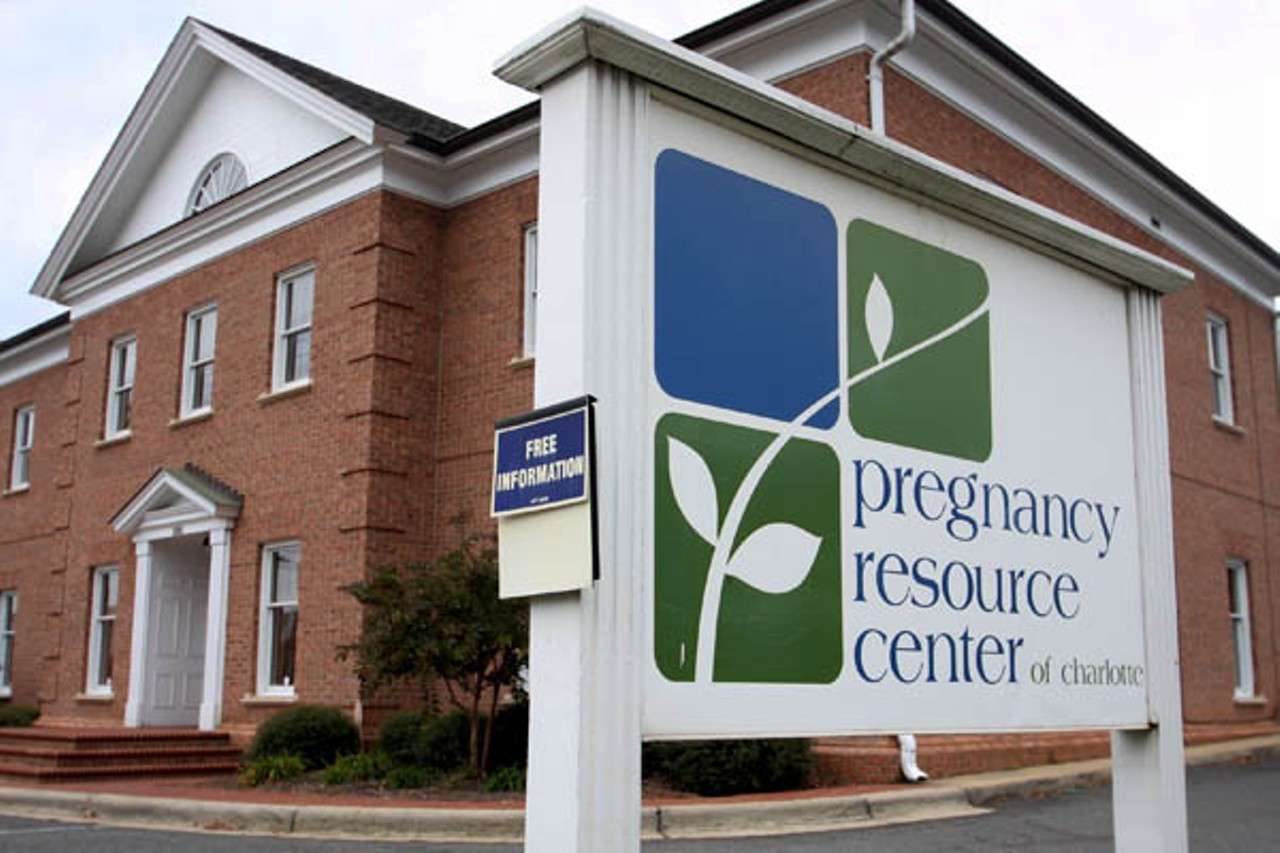
Pregnancy resource centers come alongside women who may feel challenged by their present circumstances and don’t want to abort, but see abortion as their only option. By offering vital resources at no charge, these centers work to uplift women and help them to feel confident about choosing life for their child.
Unfortunately, many oppose pregnancy centers and their crucial, life-saving work because they have been misled about how these nonprofits operate.
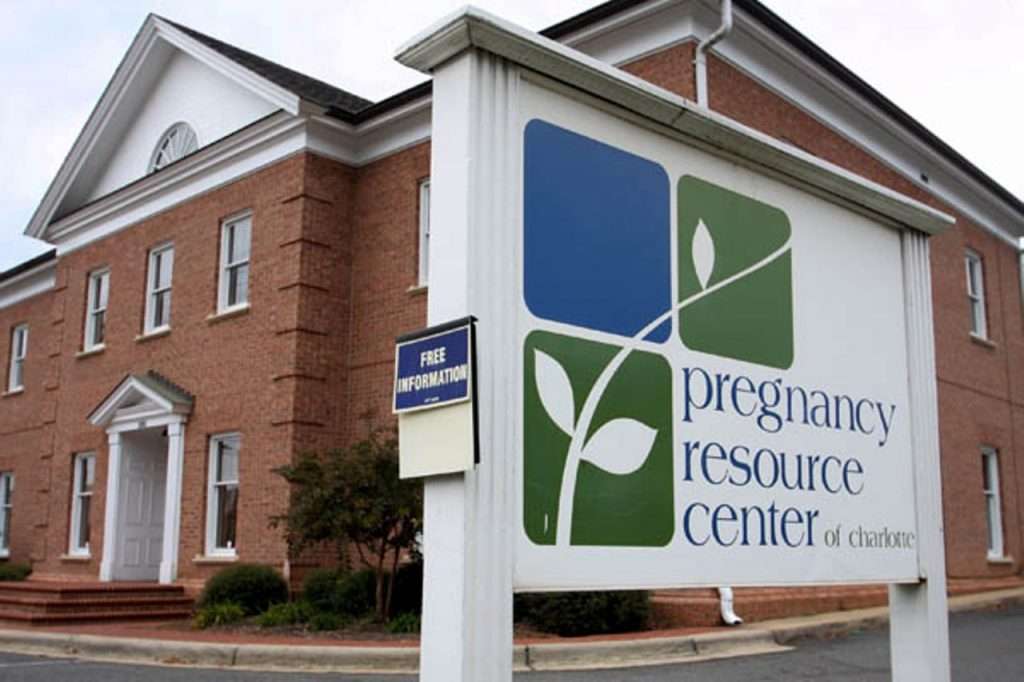
For example, organizations such as Abortion Access Front encourage people to write false reviews about pregnancy centers. Abortion vendors like Planned Parenthood also mislead women and the general public about pregnancy centers by smearing them as “fake clinics.”
But this stigma against these pro-life resources is not limited to abortion advocacy groups, as media outlets frequently level the same accusations against pregnancy centers.
A recent article in The Guardian reported that ten states (Indiana, Louisiana, Michigan, Missouri, North Carolina, North Dakota, Ohio, Oklahoma, Pennsylvania, and Texas) have used money from the federal Temporary Assistance for Needy Families program (Tanf), also known as welfare or direct cash aid, to support pregnancy centers.
To make its case against funding them, the outlet relied on numerous falsehoods that paint an inaccurate picture of pregnancy centers and their work.
Claim Number One: Pregnancy Centers Rely On Deception to Dissuade Women From Having Abortions
The Guardian quoted former Democratic Representative of Missouri Deb Lavender, who claimed that pregnancy centers “lie to and…trap women through omission or misinformation.”
This is a common accusation, but pregnancy center critics like Rep. Lavender never seem to cite a specific case to support it. In contrast to these claims, however, the largest pregnancy centers in the country and their affiliates adhere to a code of ethics titled, “Our Commitment of Care and Competence (CCC).”
The CCC reads:
“The code addresses truthfulness in all communications; client information confidentiality; and compliance with all legal requirements regarding employment, fundraising, financial management, taxation, public reporting, and financial disclosure. The code also provides that all medical services be under the supervision and direction of a licensed physician in accordance with applicable medical standards.”
Still, The Guardian went on to insist that “many experts” describe pregnancy centers as “unethical” for drawing “spurious links between abortion and breast cancer, depression and future infertility.”
Would the news outlet not agree that women should know about all of the potential risks associated with abortion? Abortion has been linked to many adverse side effects, and it is wrong to pretend they do not exist.
For example, Pelvic Inflammatory Disease is a common complication of abortion, which can lead to “chronic pelvic pain, pain during intercourse, infertility, and a higher risk of ectopic pregnancy.”
While researchers are still investigating the link between abortion and breast cancer, so far, 79 studies have found an increased risk of developing breast cancer after an induced abortion. Considering this represents nearly 3 in 4 of the 108 worldwide studies on the subject, shouldn’t women at least know that this is a potential risk?
Regarding the emotions women experience post-abortion, these feelings are often complex, ranging from apathy to guilt, sadness, and anger. Therefore, it doesn’t seem helpful or fair to assume all women will be fine after having an abortion.

As a 2011 meta-analysis published in the British Journal of Psychiatry found, many women face an increased risk of mental health issues post-abortion, such as anxiety and depression.
Instead of dismissing these claims outright, shouldn’t we encourage women to carefully assess how they might feel after an abortion? And provide them with a place to find healing if they have had an abortion, as many pregnancy centers do?
In addition, the goal of informing women about the side effects of abortion is not a scare tactic to frighten women away from it.
Rather, pregnancy centers ensure women are equipped with the knowledge they need before making such a life-altering decision, as there is plenty of reason to believe abortion vendors like Planned Parenthood will not supply them with this information.
Ironically, many of the accusations levied at pregnancy centers are things that Planned Parenthood has been caught doing.
The abortion vendor has fought informed consent and fetal ultrasound laws that require abortionists to notify women of relevant information about their health before the abortion. In addition, Planned Parenthood has also been caught lying to the public about providing mammograms and exaggerating the level of prenatal care services it offers.
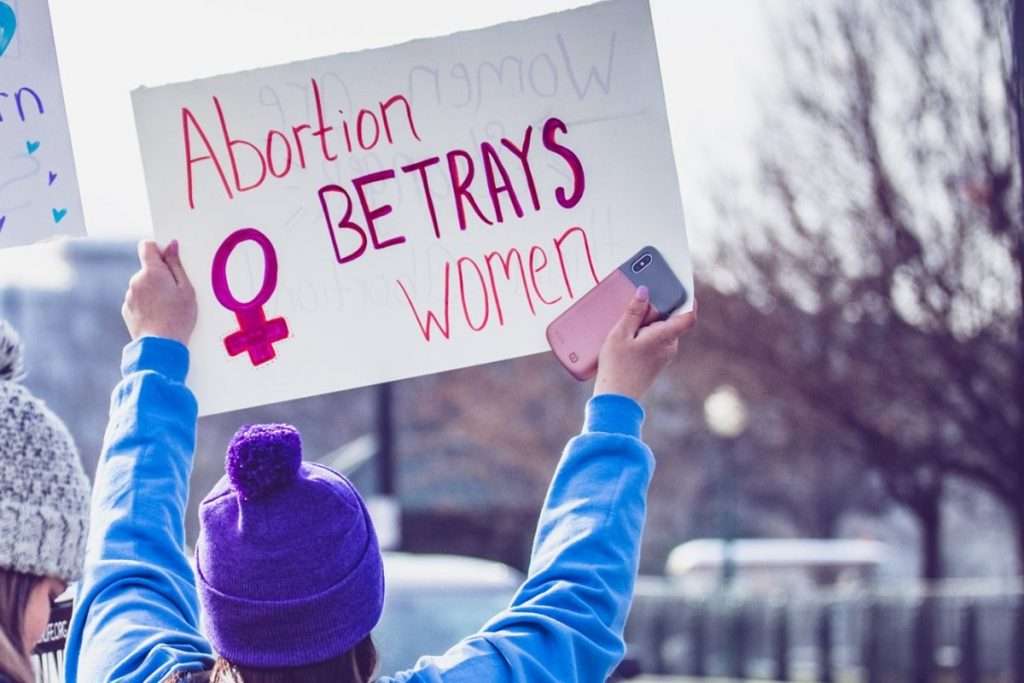
Despite its efforts to portray pregnancy centers as dangerous, it’s Planned Parenthood, not pregnancy centers, that has subjected women to inexcusable standards of care on countless occasions.
According to Live Action, women like Lakisha Wilson, Cree-Irwin-Sheppard, and Tonya Reaves have died after having an abortion at Planned Parenthood.
Read more about the women lost to abortion.
In Reaves’s case, Planned Parenthood left her severely bleeding for five hours before calling emergency medical services. The only consequence the abortionist responsible for Reaves’s death faced was a reassignment to another facility.
Before the abortion vendor and its supporters criticize pregnancy centers, perhaps they should address the lack of accountability surrounding abortion facilities and their treatment of women.
Claim Number Two: Pregnancy Centers Are Not Equipped to Provide Medical Services
The Guardian also claimed that pregnancy centers often “pose as medical facilities” and that the medical services they provide do not extend beyond testing for sexually transmitted infections.
However, Heartbeat International addressed this claim in its “Pregnancy Center Truth” report. It seems that The Guardian is unaware that there are two types of pregnancy centers: medical and non-medical.
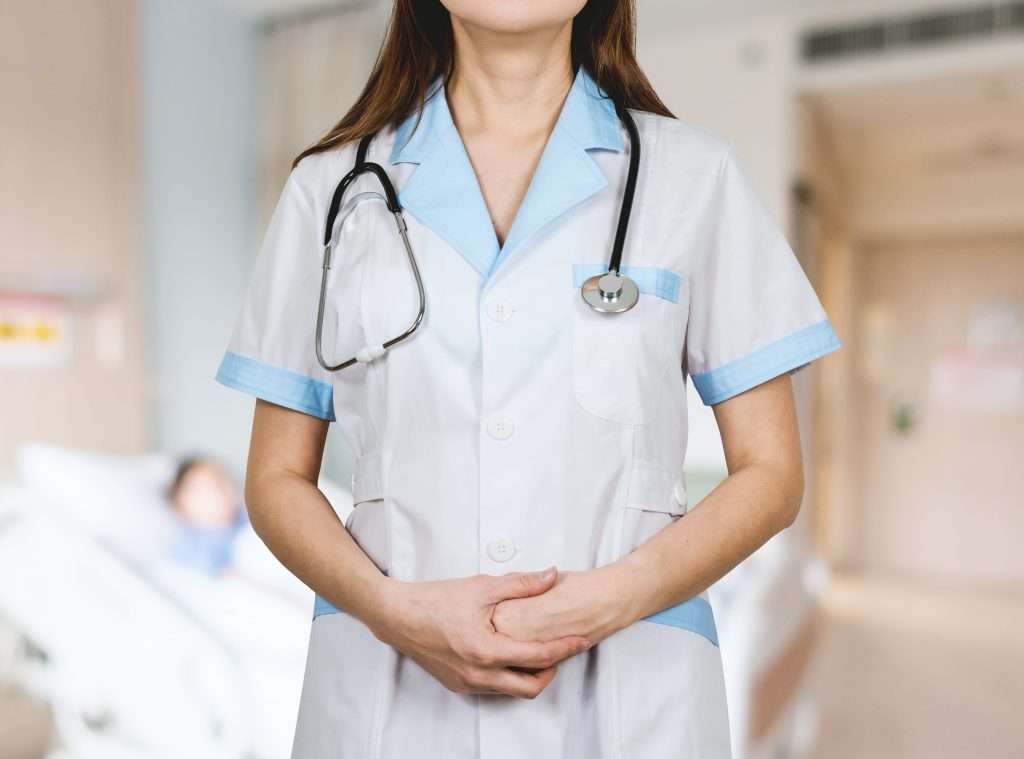
In the case of non-medical pregnancy centers, the services are typically limited, as they are focused on providing material resources, parenting education classes, and emotional support.
But pregnancy medical centers adhere to all medical board requirements and state laws that regulate licensed professionals throughout the country. As a 2019 Charlotte Lozier Institute report noted, over 10,000 licensed medical workers served clients as staff and volunteers at pregnancy resource centers.
It is also interesting that The Guardian claimed pregnancy centers offer women few medical resources. Even though Planned Parenthood is credited as a “women’s health organization,” its non-abortion-related services have been plummeting for years, all while the amount of taxpayer funding it receives increases.
Claim Number Three: Pregnancy Centers Target Low-Income and Women of Color
Perhaps one of the strangest accusations here is that pregnancy centers are somehow maliciously targeting this particular demographic.
First of all, pregnancy centers believe that all women, regardless of race or economic background, deserve access to pregnancy support services. So how is making sure that no woman has to feel alone during a challenging pregnancy a bad thing?
Secondly, it seems that Planned Parenthood has once again escaped accountability while pregnancy centers take all the undeserved heat.
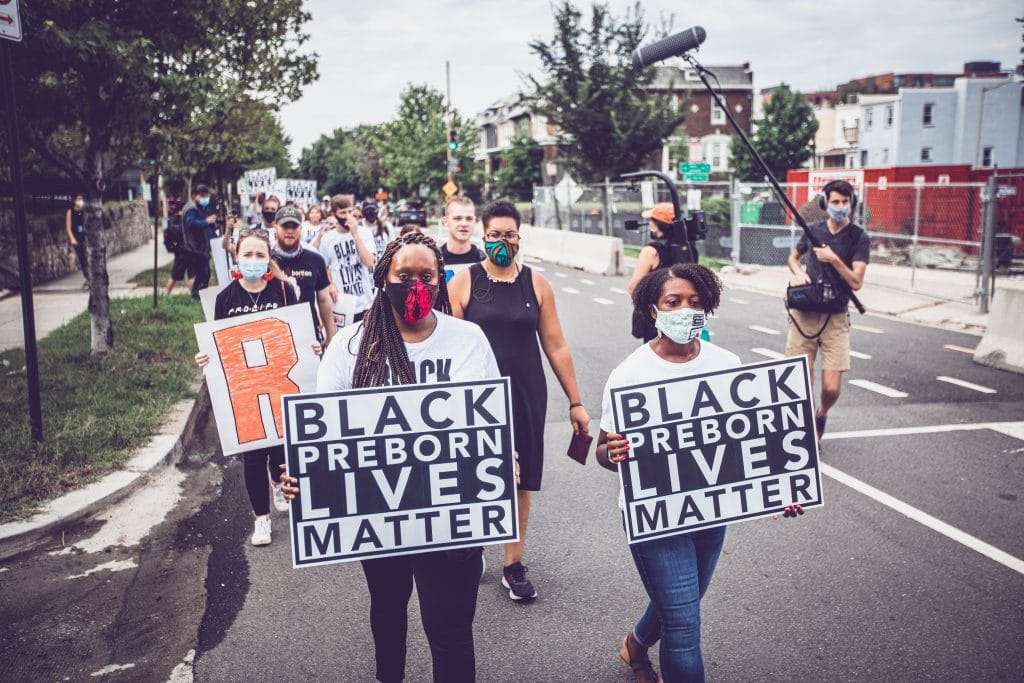
Most Planned Parenthood facilities are located within predominantly black neighborhoods, and 79 percent are within walking distance from African American and Hispanic/Latino neighborhoods.
So if it’s wrong for pregnancy centers to reside in minority neighborhoods and provide residents with supportive services, why is it okay for Planned Parenthood to be there selling them abortions at a disproportionate rate?
Claim Number Four: Women Must Work to Earn the Free Services Provided at Pregnancy Resource Centers
But perhaps the last accusation is the best example of how The Guardian has completely misunderstood pregnancy centers and their overall mission.
The outlet quoted Andrea Swartzendruber, an assistant professor of epidemiology and biostatistics at the University of Georgia College of Public Health. The professor also serves as the “principal investigator” for the Pregnancy Resource Center Evaluation at RISE, a pro-choice research organization concerned with ensuring equal access to “reproductive healthcare.”
“They’re not a replacement for Tanf, by any stretch of the imagination,” Swartzendruber said.
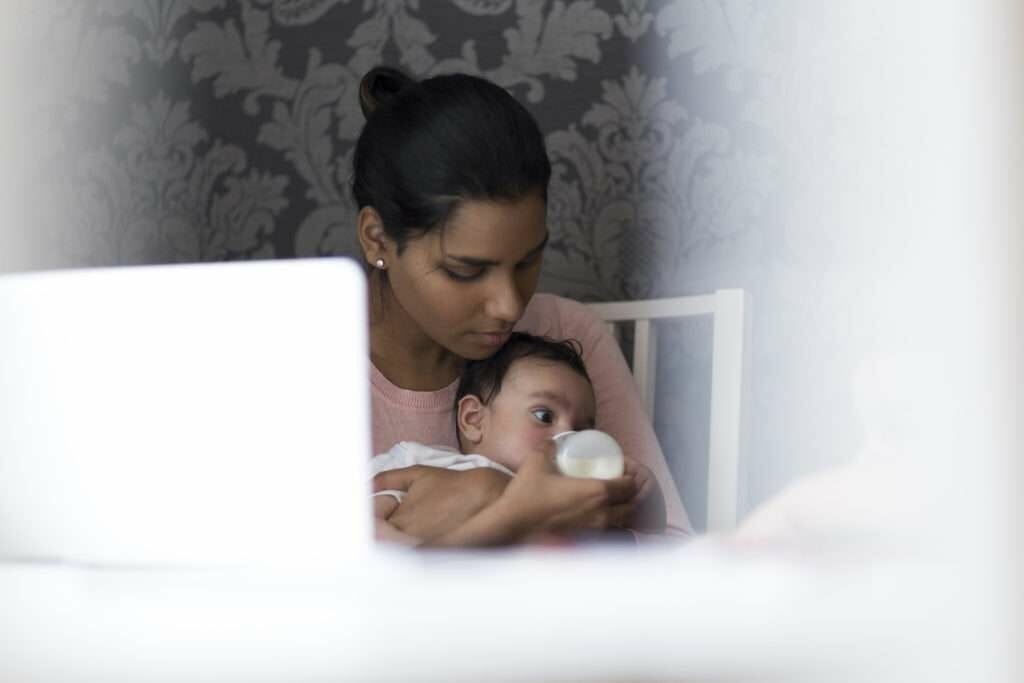
Regarding the material and supportive resources pregnancy centers offer, the professor claimed that these services come with a cost.
“People, in order to get those goods and materials, have to basically earn them with their time and effort – whether it’s watching videos [or] going to Bible studies,” Swartzendruber said. “Someone in need could not expect to show up to a crisis pregnancy center and just get diapers. They have to be earned over time.”
The purpose of many pregnancy centers’ earn-while-you-learn programs is to offer continued support to women and their families after they have made the decision to parent. Some pregnancy centers even offer residential programs that not only shelter pregnant women but help them fulfill their educational and career goals.
If anything, this is an argument in favor of pregnancy centers. It shows that they don’t just hand women a package of diapers and discontinue contact. Instead, they continue to walk alongside them and prepare them for parenthood. Empowerment isn’t a handout.
It also seems that Swartzendruber has underestimated the positive impact that pregnancy centers have on women and their communities.

A 2020 Pregnancy Center Report released by Susan B. Anthony List and its research arm, the Charlotte Lozier Institute, highlighted the depths of services these centers have to offer. According to the report, 2,700 pregnancy centers nationwide provided almost two million people with free resources at an estimated value of nearly $270 million in 2019.
Another Charlotte Lozier Institute report from 2017 pointed out that taxpayers benefit from pregnancy centers. That year, the free resources they offered saved communities nearly $161 million annually.
The Guardian’s standards for pregnancy centers are inconsistent with the exceptions it seems willing to make for the abortion industry.
Pregnancy centers uplift their clients and remind them that they have other choices than abortion. Given the well-documented cases of abortion facilities manipulating and abusing women, it is dishonest of the media outlet to portray these centers as fraudulent compared to profit-seeking entities like Planned Parenthood.
Share this post
Recent Posts

This School Year’s Mission: Playing “Where’s Waldo?” With Kamala Harris and Joe Biden
26 Apr 2024
Students For Life is Focused on Florida — From Speeches to Billboard Trucks to Playing “Where’s Waldo?” With Biden: Here’s What We’ve Been Up To
25 Apr 2024
Pro-Abortion Democrat Called the Cops on Pro-Lifers for Hand Drawn Threats: Turns Out, It Was Disney
25 Apr 2024

